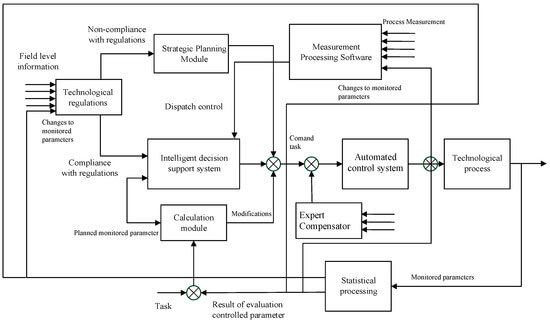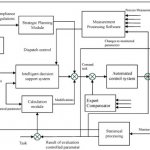
details
Outbreaks of massive plant diseases annually cause enormous damage to agricultural industry worldwide. Despite the successes achieved in recent years in crop production of a significant number of crops, the risk of epidemics not only has not decreased, but has got significantly higher. This fact can be explained by a number of objective reasons:
- the widespread introduction of new intensive agricultural technologies;
- global climate change;
- an increase in international trade and exchange of crop products; and,
- a decrease in the biodiversity of plant communities (cenoses), etc.
Under the new land-use conditions, existing methods to monitor crop cultivation, forecast and control epidemics require significant adjustments. Modern systems of prevention and protection against epidemics must be integrated with world achievements in the fields of phytopathology, plant and pathogen genetics, ecology, phytosanitary toxicology, mathematics, computer science, engineering, etc.
Digital innovations and technologies may be part of the solution. The so-called ‘Fourth Industrial Revolution’ (Industry 4.0)1 is seeing several sectors rapidly transformed by ‘disruptive’ digital technologies such as the blockchain, Internet of things, artificial intelligence and immersive reality. In the agriculture and food sector, the spread of mobile technologies, remote-sensing services, and distributed computing are already improving smallholders’ access to information, inputs, market, finance, and training. Digital technologies are creating new opportunities to integrate smallholders in a digitally-driven agrifood system.
The advent of digitalization and automation is of benefit to agriculture; however, it also adds a new risk factor for the business: the use of such technologies increases the threat of production shutdowns and downtime in case of unstable or insufficient energy supply, which can result in heavy financial losses. Therefore, reliable energy control systems in agriculture are just as important as fertilizers, feed, watering, and timely harvesting.
The automation of a large number of agricultural processes is made possible due to the ability of joining objects into a single network; data exchange and management based on the Internet of things; improved computer performance; development of software and cloud platforms; digital modelling of the entire production cycle and interconnected parts of the value chain; and, the ability to take emergency measures to prevent losses when meeting a threat, to calculate future productivity, production costs, and profits.
Intensive digitalization and use of the Internet of things in agriculture helps to transform the industry, which is less affected by the IT, into a high-tech business through the rapid growth of productivity and reduction of non-productive costs, which are the attributes of Agriculture 4.0. Information comes from various devices located in the field, on the farm, from sensors, agricultural machinery, weather stations, drones, satellites, external systems, partner platforms, and suppliers. General data from various participants in the production chain, collected in one place, allows the user to receive information, find patterns, create added value for every participant involved, apply modern scientific methods of data processing (data science) and use them to make the right decisions that minimize risks and improve both the manufacturers’ business and customer experience.
documents


COMMENTS